Advancements in Tissue Engineering
Advancements in tissue engineering are playing a vital role in propelling the 3D cell-culture market. As researchers strive to create functional tissues for transplantation and regenerative medicine, the demand for sophisticated 3D cell-culture systems is on the rise. These systems enable the development of complex tissue structures that closely mimic natural organs, which is essential for both research and therapeutic applications. The tissue engineering market is projected to grow at a CAGR of over 15% through the next few years, indicating a robust demand for innovative solutions. Consequently, the 3d cell-culture market stands to gain significantly from these advancements, as they provide the necessary tools for creating viable tissue constructs. This synergy between tissue engineering and 3D cell cultures is likely to foster further innovation and growth within the market.
Increased Investment in Biotechnology
Investment in biotechnology is a crucial factor driving the 3D cell-culture market. With venture capital funding for biotech companies reaching over $20 billion in recent years, there is a clear indication of growing confidence in innovative technologies. This influx of capital enables the development of advanced 3D cell-culture systems that can facilitate drug discovery and regenerative medicine. As biopharmaceutical companies increasingly adopt these technologies, the 3d cell-culture market is likely to experience accelerated growth. Furthermore, the integration of 3D cell cultures into research and development processes enhances the efficiency of drug testing, potentially reducing the time and cost associated with bringing new therapies to market. This trend underscores the importance of biotechnology investments in shaping the future landscape of the 3d cell-culture market.
Rising Demand for Personalized Medicine
The increasing emphasis on personalized medicine is a pivotal driver for the 3D cell-culture market. As healthcare shifts towards tailored treatments, the need for advanced models that accurately mimic human physiology becomes paramount. 3D cell cultures provide a more realistic environment for drug testing and disease modeling, which is essential for developing personalized therapies. The market for personalized medicine is projected to reach approximately $2 trillion by 2025, indicating a robust growth trajectory. This trend is likely to propel the demand for 3D cell-culture technologies, as researchers seek to create more effective and individualized treatment options. Consequently, the 3d cell-culture market is positioned to benefit significantly from this shift, as it aligns with the broader goals of enhancing patient outcomes through customized healthcare solutions.
Emerging Applications in Regenerative Medicine
Emerging applications in regenerative medicine are increasingly influencing the 3D cell-culture market. As the field evolves, there is a growing recognition of the potential for 3D cell cultures to facilitate the development of therapies aimed at repairing or replacing damaged tissues. This trend is particularly relevant in areas such as stem cell research and organoid development, where 3D models offer enhanced physiological relevance. The regenerative medicine market is anticipated to reach approximately $100 billion by 2025, suggesting a substantial opportunity for the 3d cell-culture market. By leveraging 3D cell-culture technologies, researchers can explore novel treatment strategies that may lead to breakthroughs in healing and tissue regeneration. This alignment with regenerative medicine initiatives positions the 3d cell-culture market for continued growth and innovation.
Growing Focus on Drug Discovery and Development
The escalating focus on drug discovery and development is a significant driver for the 3D cell-culture market. Pharmaceutical companies are increasingly recognizing the limitations of traditional 2D cell cultures, which often fail to replicate the complex interactions found in vivo. As a result, there is a growing shift towards 3D cell-culture systems that provide more accurate models for testing drug efficacy and safety. The 3d cell-culture market is expected to reach approximately $60 billion by 2026, which suggests a substantial opportunity for the 3d cell-culture market. By utilizing 3D models, researchers can better predict human responses to drugs, thereby enhancing the overall success rate of clinical trials. This trend indicates a promising future for the 3d cell-culture market as it aligns with the evolving needs of the pharmaceutical sector.


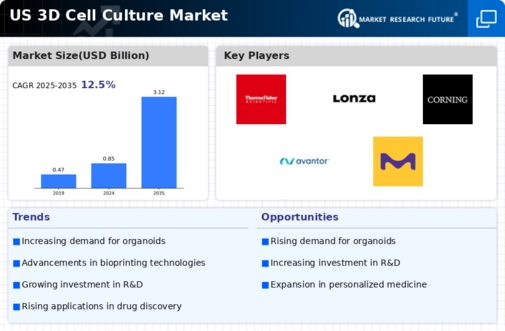

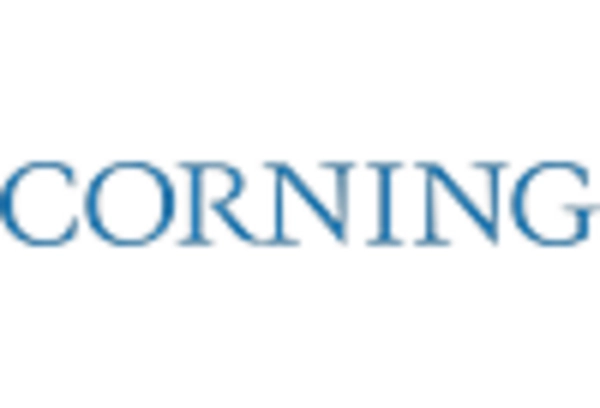
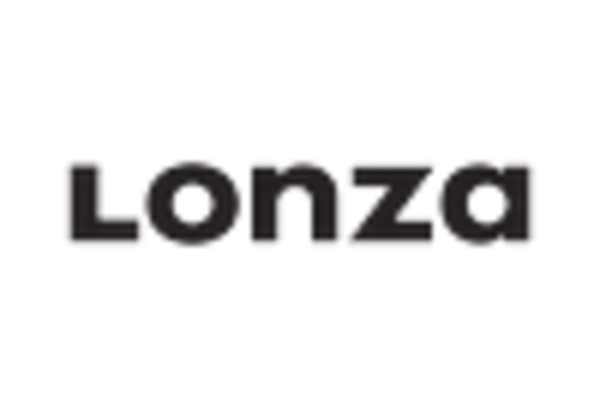
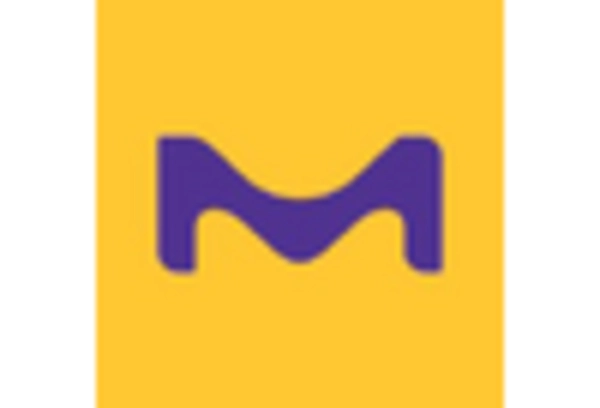
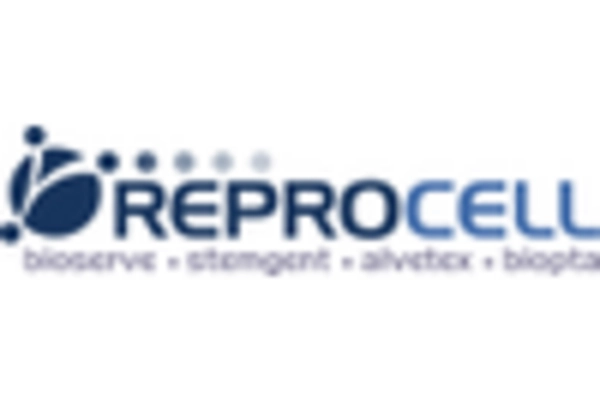
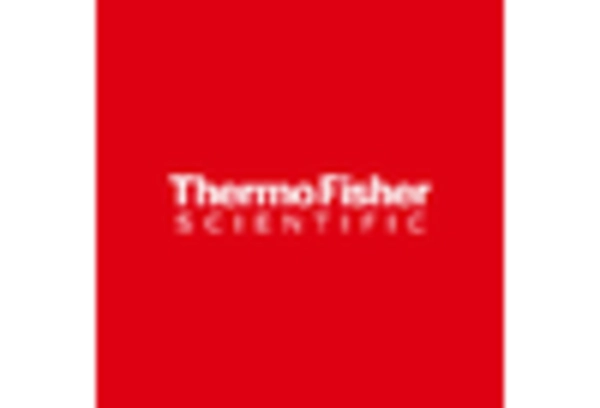








Leave a Comment